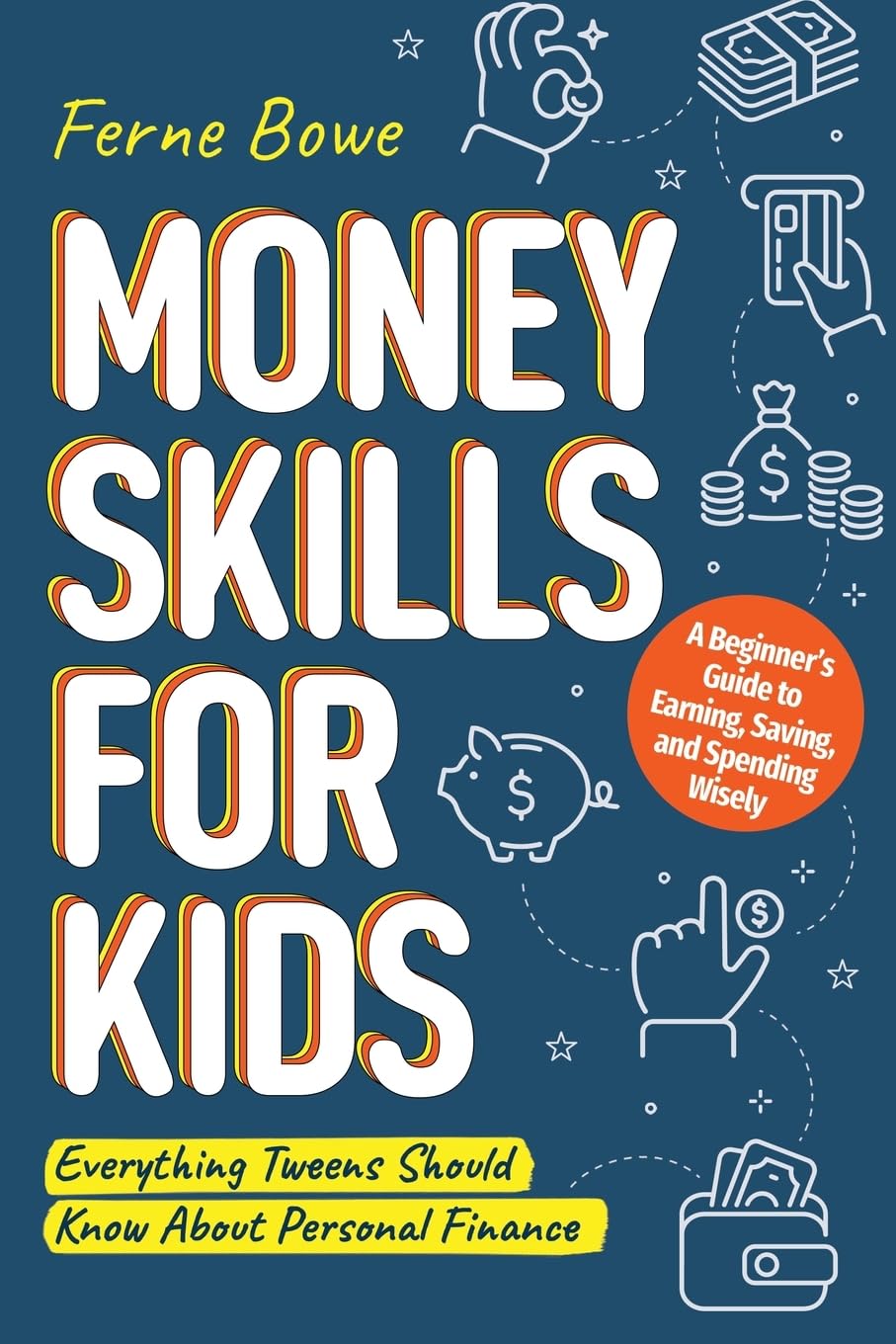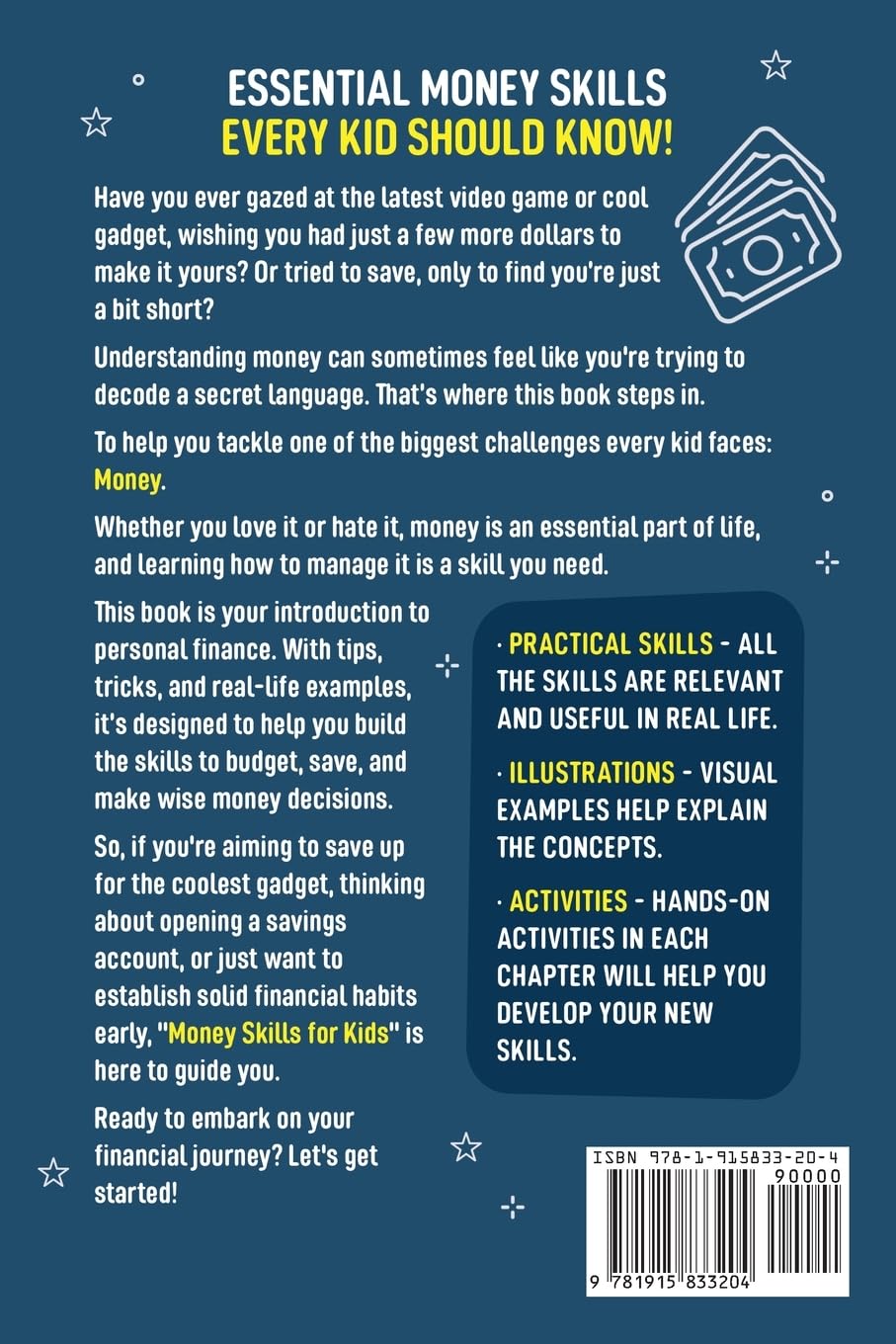As an avid reader with a keen interest in personal development, I was excited to delve into "Money Skills for Kids" by Ferne Bowe. This book promised to be a vital resource for children aged 8 to 13, teaching them essential financial skills that are often overlooked in traditional education. In a world where financial literacy is increasingly important, I believed this book could be a game-changer for young readers.
From the moment I opened the book, I appreciated the lively layout filled with engaging illustrations and interactive activities designed to maintain the young readers’ focus. The content does a commendable job of simplifying complex concepts, making them accessible even for those who might be intimidated by finances. The book covers crucial topics, such as distinguishing between needs and wants, the importance of saving, and even an introduction to investing.
One of the most enjoyable aspects was how the book encourages children to think critically about money management. For instance, it challenges them with real-life scenarios to help them apply what they are learning in a meaningful way. As one reader noted, Bowe’s approach is "fun and interactive," making it a delight for kids (Bill L.). This interactive strategy not only keeps readers engaged but also provides actionable advice that they can use to navigate their financial futures. I particularly loved the sections on turning a money-making idea into reality and how to set and achieve financial goals. These lessons prepare children for a future where money isn’t just seen as a source of stress but as a tool for empowerment.
However, not everything was perfect. While the book is captivating and packed with information, some younger readers might find certain complex concepts, like investing, a bit challenging. One reviewer pointed out that although the book is marketed towards tweens, its principles can be understood by younger kids, potentially making it more versatile than initially intended (Karla Luna). However, I believe that with a little parental guidance, any confusing parts could be clarified easily.
Additionally, while the book is filled with examples and illustrations, it can sometimes feel a little overwhelming with information. It could benefit from an even clearer structure that allows kids to digest the information at a more manageable pace.
Despite these minor drawbacks, "Money Skills for Kids" meets and arguably exceeds expectations regarding its goal of grounding children in solid financial principles. The emphasis on making smart financial decisions, setting goals, and understanding the value of money serves as an excellent foundation for their future.
In conclusion, I would highly recommend "Money Skills for Kids" to any parent looking to equip their children with essential money management skills. It serves not just as a fun read but also as an invaluable resource in fostering financial literacy from a young age. Whether you are looking to answer your child’s financial questions or hoping to instill lifelong money habits, this book is a fantastic investment in a child’s future. With its colorful illustrations and practical advice, it truly sets children on a path toward becoming savvy savers and wise spenders. Don’t hesitate to add this title to your cart—it could very well be the jumping-off point for a solid financial future!








